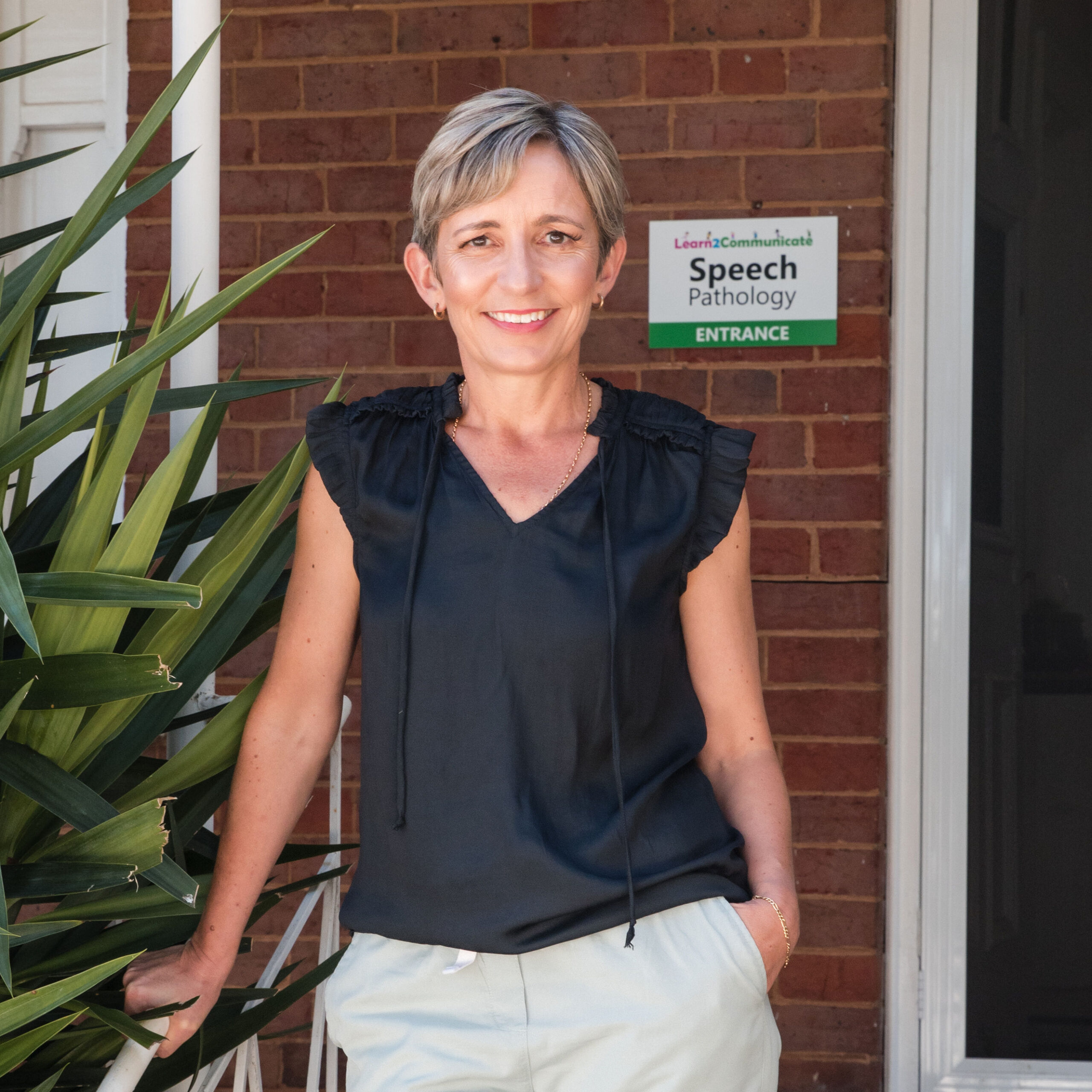Let’s set some goals!
Hopefully all of you awesome Early Childhood Educators have all been taking a dive into The Chatterbox over the past few weeks and are now gradually becoming more confident in your capacity to accurately identify a young child who has speech, language and/or communication difficulties.
You are feeling equipped with knowledge and tips to broach the topic of a child’s possible delay with parents and/or caregivers and you are ready to start helping the child move towards achieving some goals.
If not, then STOP RIGHT HERE and read the last 3 issues of The Chatterbox!
We all know that,
in an ideal world, you would be working closely alongside a Speech Pathologist who has provided a comprehensive assessment of the child’s communication abilities and written a helpful report for you full of recommendations and simple suggestions for classroom implementation.
We also know that this scenario is, unfortunately, all too rare.
The demand for Speech Pathology services far exceeds the supply across Australia and our reports can be often full of jargon and confusing concepts for Educators and Parents alike. Yes, this is an area that we need to work on as a profession I believe but I will leave that topic for another day!
Despite this, there is plenty that a dedicated educator can do to help get a child started towards making significant improvements in his or her speech, language or communication skills.
The first step is
to accurately identify the child’s area of need as best you can.
Does this child have difficulties with social communication, play and understanding non-verbal communication? Are your concerns more so related the clarity of the child’s speech? Perhaps it is the child’s ability to understand language, respond to questions and follow instructions that is becoming of concern to you. For another child, it may be that oral language is slow to develop. Whilst their peers are speaking in sentences, this child may be still using short 1-2 word phrases or no language at all.
In many situations, a child will have more than one area of their communication development impacted. The key for Early Childhood Educators is to firstly identify that there is an issue and to then start to consider the functional impact of that delay or difficulty upon the child’s ability to function in the early childhood environment. This will help you to then prioritise what you need to do first….what goals you need to work towards achieving for the child. When not sure, it can be helpful to ask yourself “what will make the most difference for this child with the least amount of effort?” Start with something really small and achievable but highly useful / of benefit for the child.
Of course, once again, if this child in question has a Speech Pathologist already involved then get involved. Contact the Speech Pathologist and provide your much valued input about what is really impacting the child’s ability to engage and interact in your setting. This will help the Speech Pathologist to formulate goals that will be really worthwhile to work on. So often we grasp for traditional goals such as counting, recognising colours and shapes etc.. Uggghhh…Whilst these might be worthwhile goals to target for some children; in many cases there are far more pressing areas of need crying out for attention. Early Childhood Educators are in the prime seat to notice what these areas are and to work closely with others to help the child in areas that will really make a difference.
As an early educator,
working with a large group of children can pose a challenge when it comes to targeting individual speech, language, and communication goals. However, with proper planning and strategies, it is possible to cater to the individual needs of each child while still managing a large group.
More about the ‘how’ to do this in next week’s Chatterbox. For now…start thinking about what specific areas of a child’s communication development are most impacting his or her ability to successfully engage in your setting.


